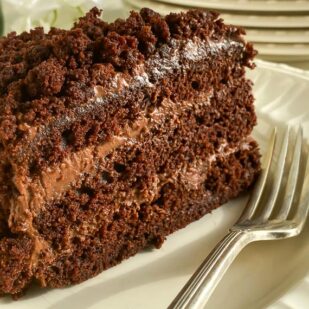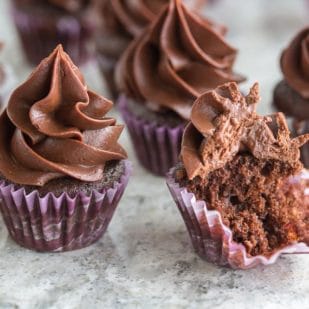We love chocolate, but once you start diving into its background you realize there is so much more to chocolate than how crave-worthy delicious it is. How many cacao beans does it take to make 1 pound (455 g) of chocolate? Where does chocolate grow? Who eats the most chocolate? And what are some of the best ways to enjoy it? Let’s take a look.
At The Cacao Farm
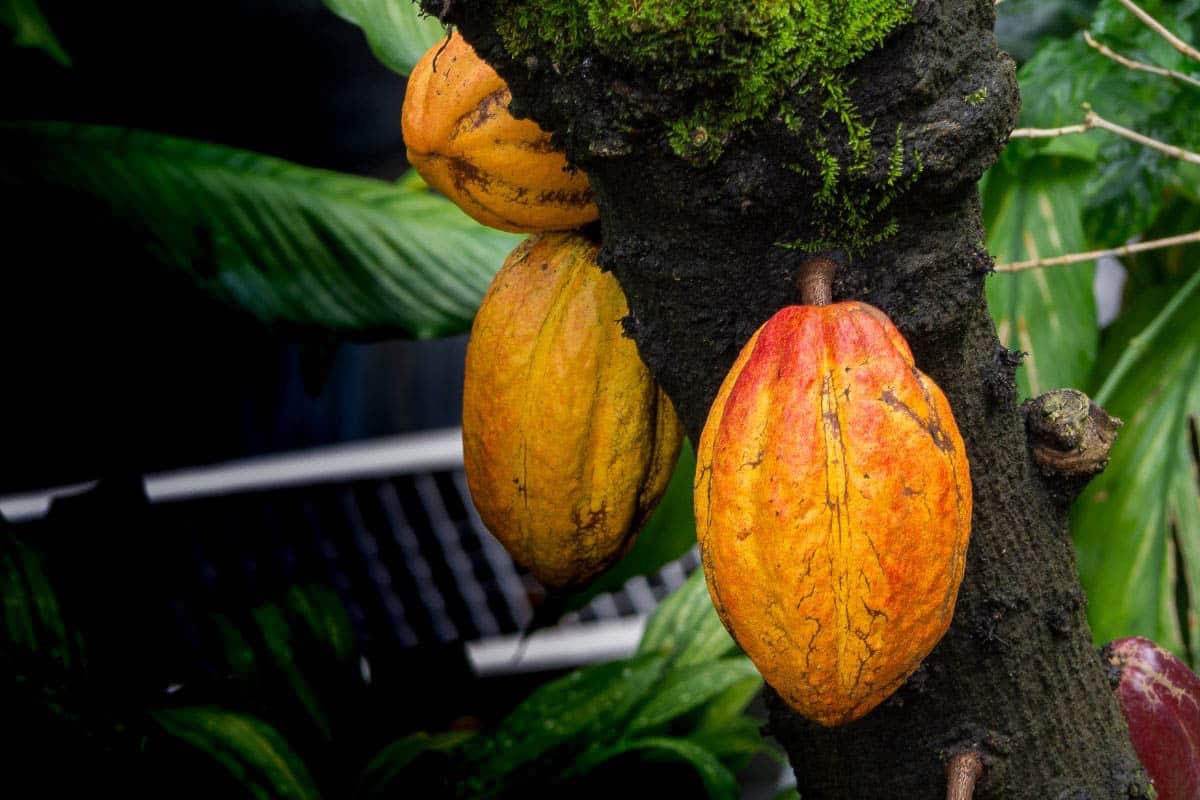
First, let’s look at how and where chocolate grows.
- Theobroma Cacao is the tree that produces cocoa beans, and it means “food of the gods.”
- It takes 400 cocoa beans to make one pound (455 g) of chocolate, and each cacao tree produces approximately 2,500 beans.
- Cacao trees grow in a 20 degree band around the equator.
- Most cacao beans come from West Africa, but South American also has many farm.
- There are three main types: Forestero, Criollo, and Trinitario.
- Most chocolate bars that come to mass market are Forestero, which are also referred to as bulk beans. These trees are hardy (disease resistant) and easier and more economical to grow. Criollo is much more finicky. Trinitario is a hybrid of the two.
- Growing cacao is a very hands-on process, and most trees are on small family farms, with the average west African farm being about 7 to 10 acres.
- Some cacao trees are more than 200 years old, but the greatest output happens within the first 25 years.
- It takes about 6 years for a cacao tree to produce fruit in the first place.
- Only 3 out of 1000 cacao flowers are pollinated.
- There is only a 24-hour pollination period when pollination can occur.
- Most pollination occurs by the Forcipomyia midge.
Then Comes Cacao Harvest
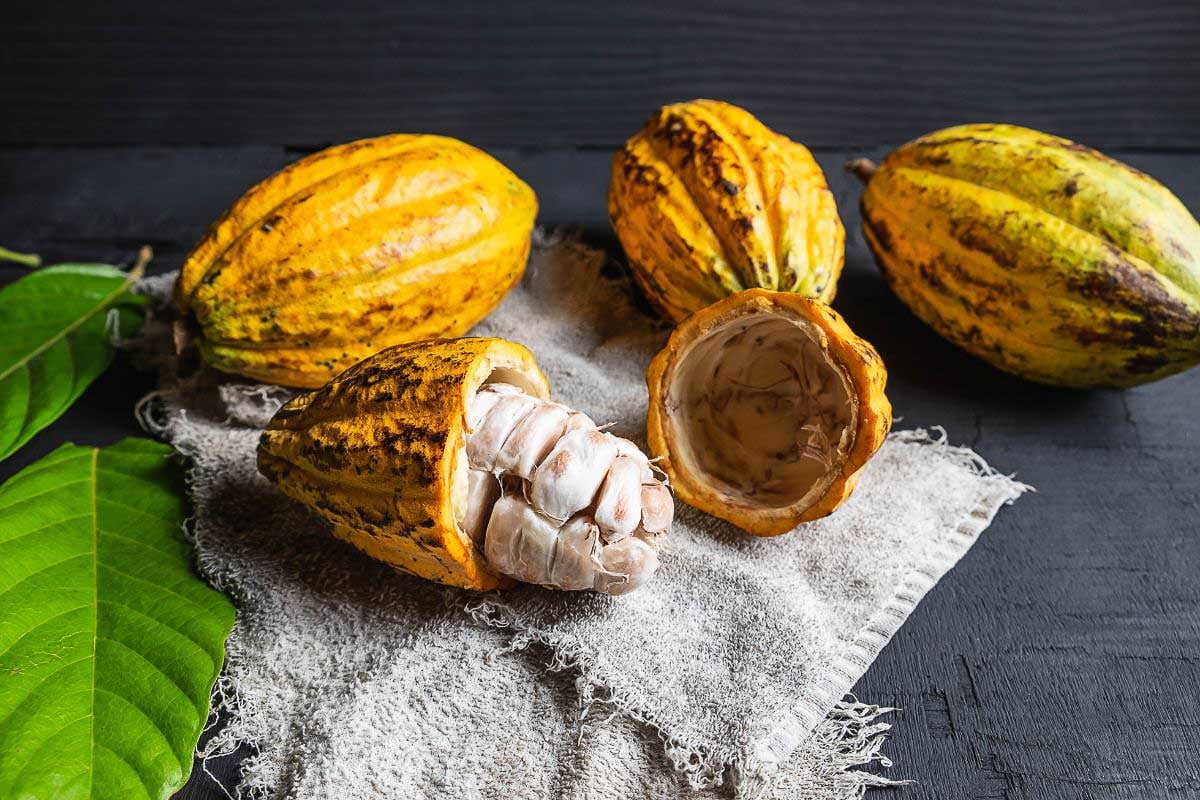
Cacao harvest is very labor intensive.
- Cacao pods are harvested by hand. This is one reason why the trees are kept to about 20 feet in height – so that the pods are accessible.
- The pods grow directly on the trunk.
- Each tree is capable of 2 harvests a year.
- You can sometimes see ripe pods and flowers on the same tree at the same time.
- Pods are removed from the tree by hand with machetes.
- The ripe pods are opened, and the flesh covered beans are scooped out by hand.
- High quality chocolate makers will allow the beans to ferment at this point, which develops flavor.
- Cacao beans have to be dried, preferably by the sun. Fires can hasten the process, but they can introduce off-flavors. Beans are dried to about 6% moisture.
- Dried beans are then sent to chocolate manufacturing plants to become the chocolate we know and love.
Making Chocolate
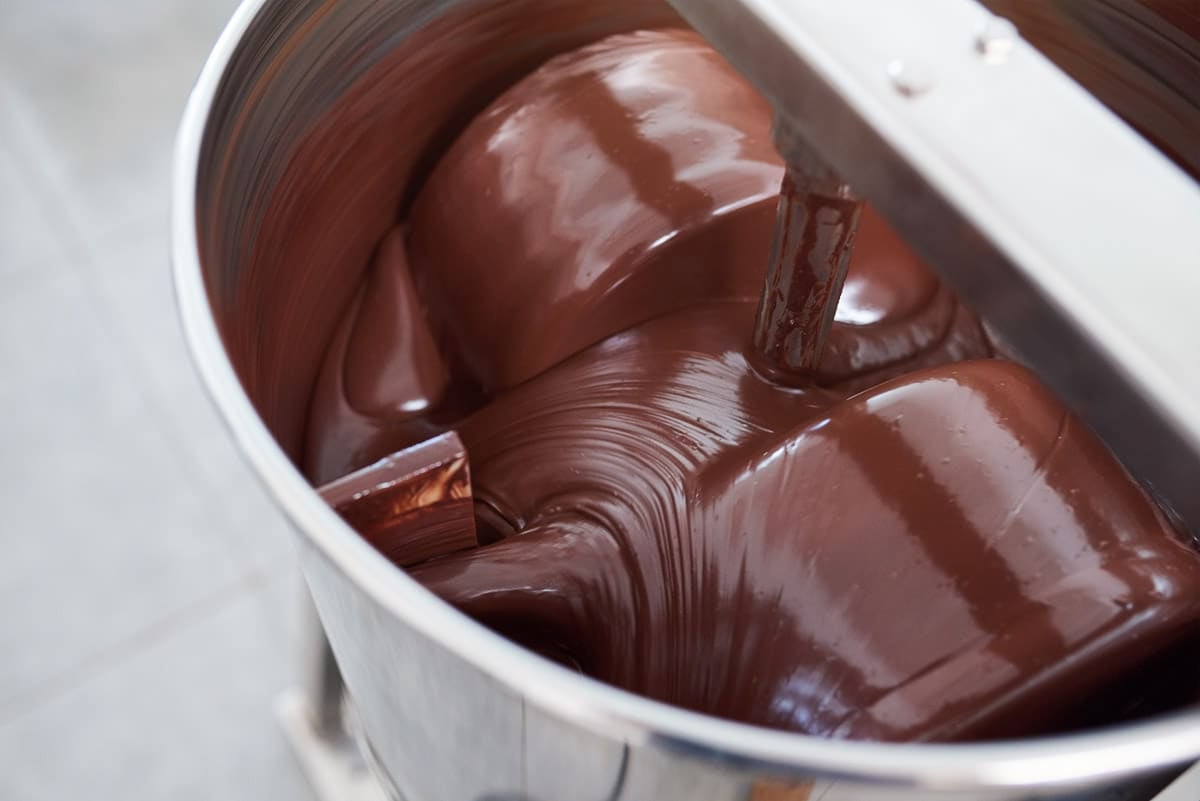
Once dried cacao beans arrive at a chocolate manufacturing plant, the chocolate making process begins.
- The dried beans are roasted. How hot and for how long is proprietary information that is part of the secret “recipe” for each manufacturer.
- After roasting, the cacao beans are cracked open to expose the cacao nibs.
- Cacao nibs are what ALL chocolate is made from.
- When you see a chocolate bar say that it is 60% chocolate, it means it has 60% cacao mass from those nibs within.
- The cacao nibs are ground finely, usually to about 25 microns, which is when our tongue ceases to detect “rough texture”.
- Cocoa butter is the natural fat in cacao beans. And they are high fat, containing about 40 to 50% fat.
- Cacao nibs contain healthy fats, which may raise your HDLs, or good cholesterol.
- The cacao beans are ground smooth, other ingredients are added depending on the recipe, such as sugar, dairy products, or vanilla, and the entire mixture is tempered.
- Tempering, which is a process of controlling the melting and cooling temperature very specifically, is necessary to create a smooth, unblemished chocolate bar, with a good snappy texture.
Dark, Milk & White Chocolate
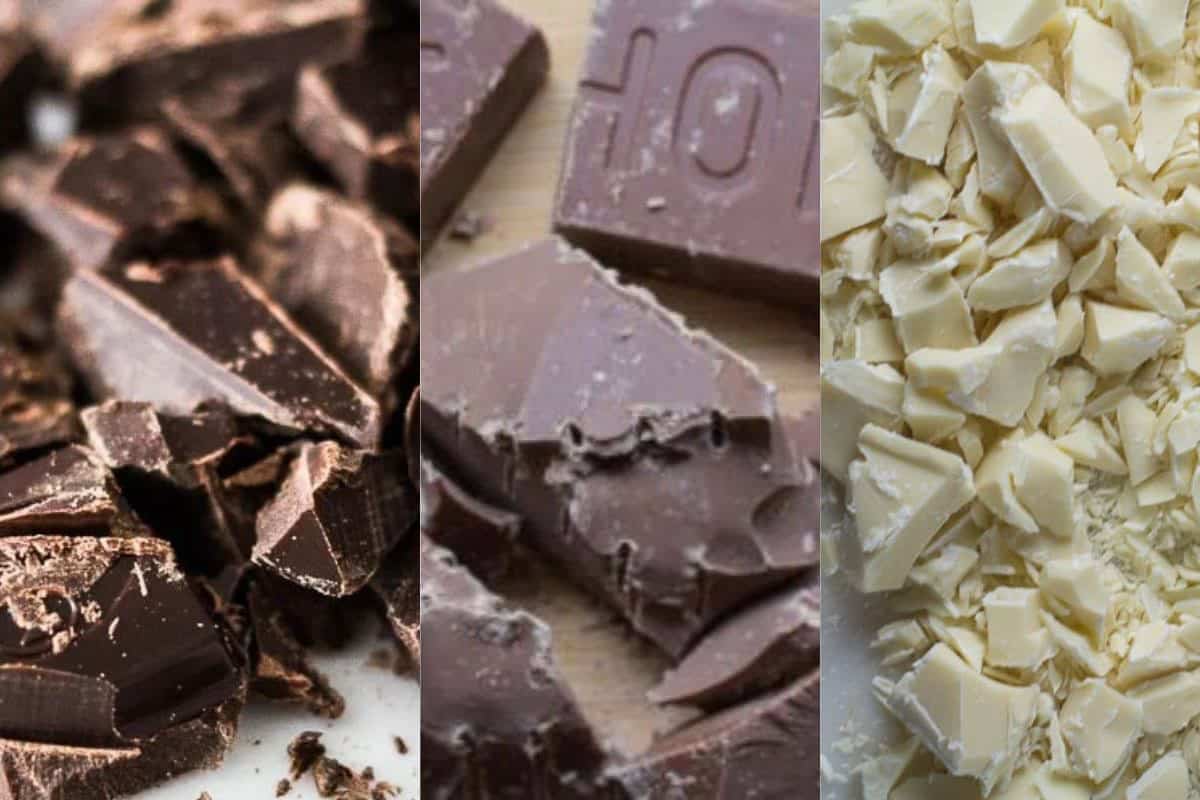
There are several types of chocolate. Which is your favorite, and what is white chocolate, anyway?
- The FDA does not distinguish between semisweet and bittersweet chocolate.
- Milk chocolate contains dairy, but cacao % can range, but must be greater than 10%.
- White chocolate is not chocolate according to FDA, because it contains no cacao nibs.
- Premium white chocolate will contain 20% cocoa butter; the cocoa butter will be what gives it chocolate aroma and flavor.
- True chocolate contains cocoa butter as its only fat.
- Lesser quality chocolate coatings use alternative fats such as cottonseed oil or palm oil.
Unsweetened Chocolate Facts
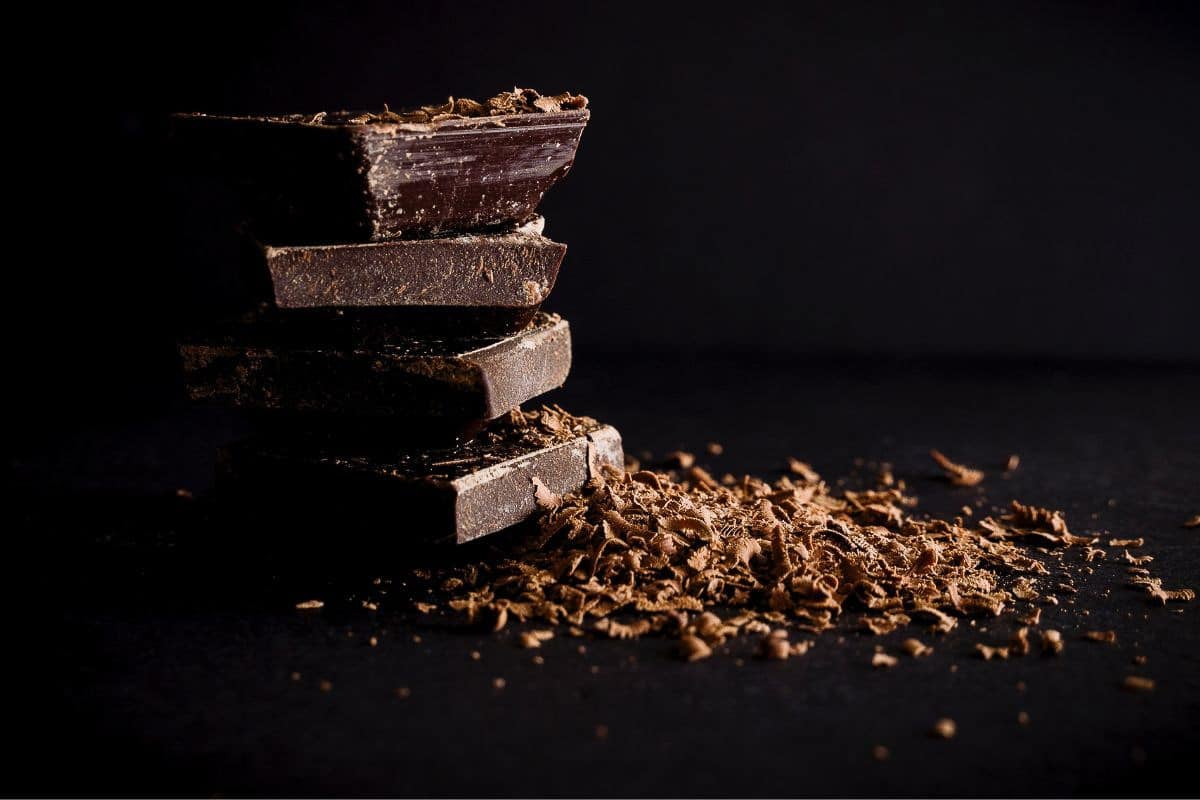
When you read labels, all of the following can mean the same thing. They are unsweetened chocolate:
- Unsweetened chocolate is 100% cacao solids.
- Cacao mass.
- Cocoa mass.
- Cacao.
- Chocolate.
- Chocolate liquor (has nothing to do with alcohol).
Is Chocolate An Aphrodisiac? What Are Chocolate’s Health Benefits?

If you think you feel better when you eat chocolate, or you tend to reach for chocolate when you need a lift, there are real reasons for that.
- First of all, the healthiest chocolate will be the one with the highest cacao percentage and therefore less sugar and fat. Many scientists and doctors suggest at least 70% cacao mass.
- Chocolate contains tryptophan, which is a precursor to serotonin, which inspires feelings of happiness.
- Chocolate also contains phenylethlyamine, a type of amphetamine, that is purported to give you those “loving” feelings.
- Theobromine is present as well and is a stimulant responsible for the “buzz” you get after eating chocolate. It can also sharpen your mind and be a boon before a test or anytime you need to focus.
- Darker chocolates also contain antioxidants, which help prevent aging, control blood pressure and may even aid in preventing cancer.
Savoring A Chocolate Bar
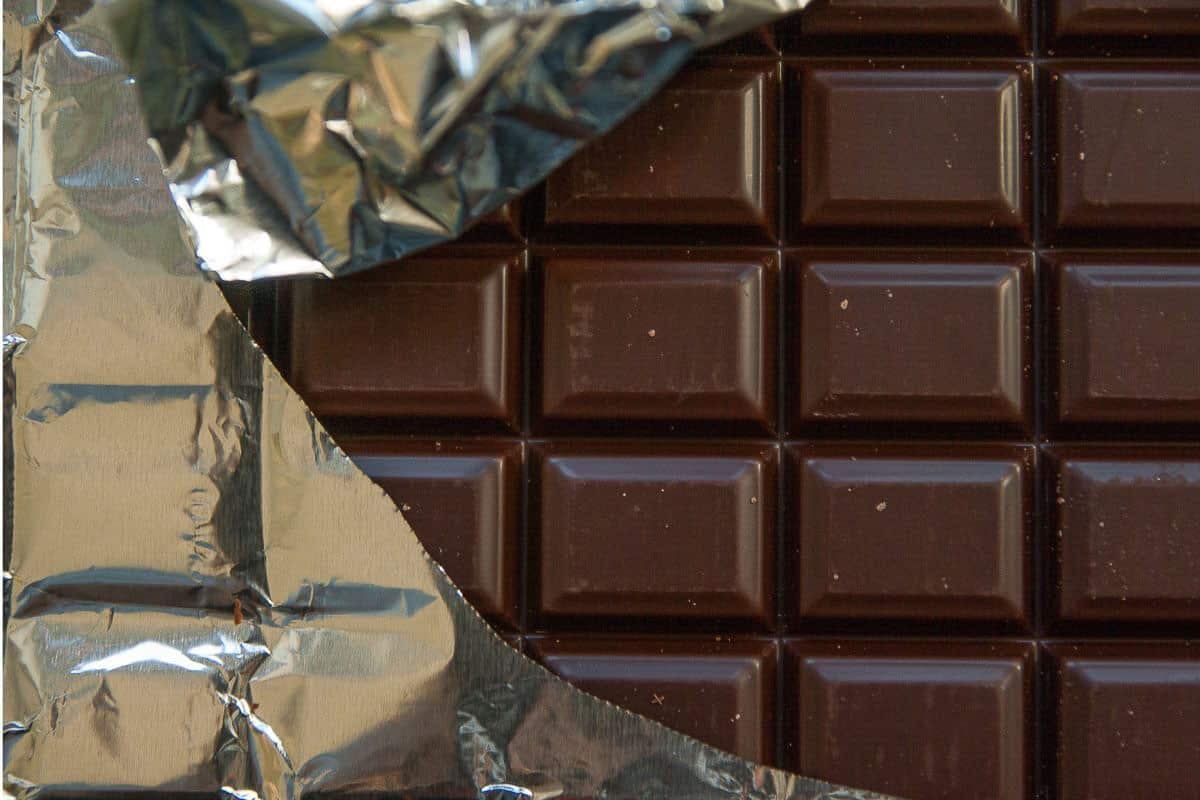
Chocolate can be enjoyed on its own, in desserts, beverages (both hot and cold), and even used in savory recipes, such as mole. Consumption habits and preferences can vary across cultures and individuals, so the ways people consume chocolate can differ from one person to another, as well as from one country to another. Eating chocolate as a solid bar is a very popular and convenient way to enjoy chocolate. People typically eat chocolate bars as a snack or as a dessert.
Chocolate Confections
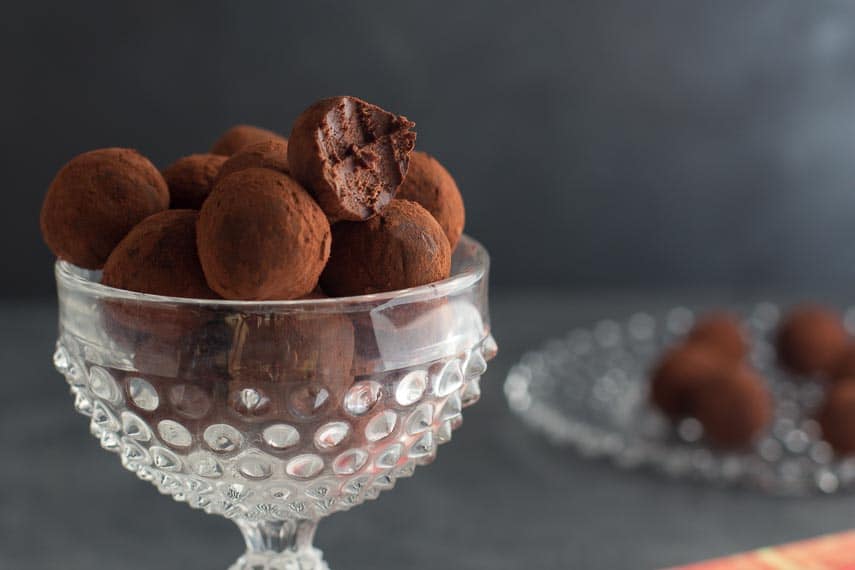
Chocolate is often used to create a wide range of confections such as truffles, bonbons, pralines, and chocolate-covered nuts or fruits. These treats are usually bite-sized and can be enjoyed as a special indulgence or given as gifts. These Dark Chocolate Truffles are actually quite simple to make.
Hot Chocolate
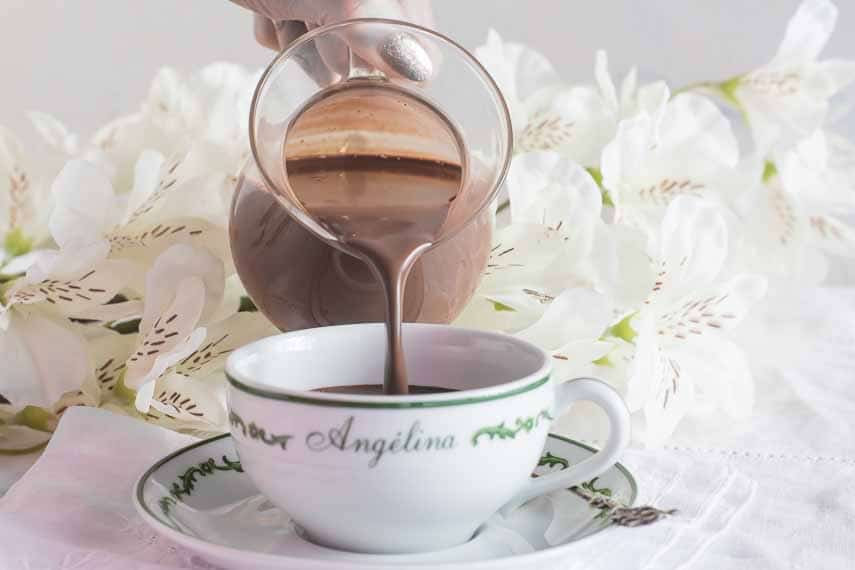
Hot cocoa is a popular beverage made by mixing cocoa powder with milk or water. It can be enjoyed plain or with added flavors like marshmallows, whipped cream, or spices such as cinnamon or nutmeg. Hot chocolate is made the same way, except with chocolate itself. Hot cocoa or chocolate is commonly consumed during colder months or as a comforting drink. We are partial to Hot Chocolate.
Cold Chocolate Beverages
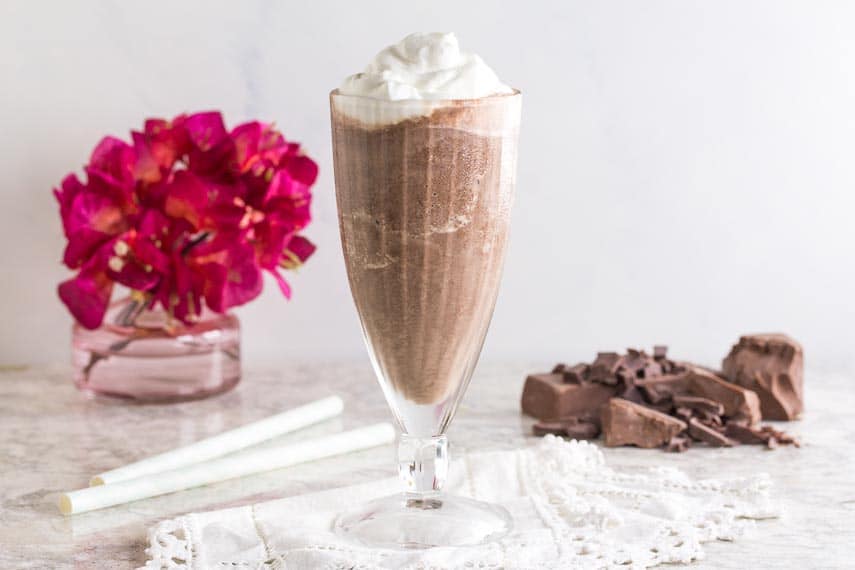
Apart from hot chocolate, chocolate is used to make other beverages like chocolate milkshakes, chocolate smoothies, and chocolate-flavored coffees or mochas. These beverages provide a refreshing and indulgent way to enjoy chocolate. Try this recipe for Frozen Hot Chocolate. It’s like the most indulgent chocolate slushy!
Baking with Chocolate
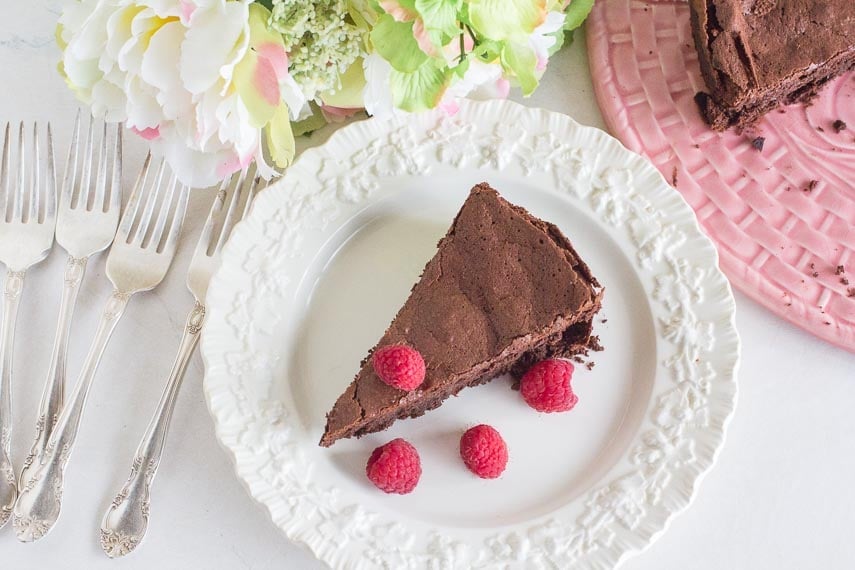
Chocolate is a versatile ingredient used in baking and cooking. It is incorporated into cakes, cookies, brownies, pastries, and various desserts. Where do we start? How about an easy Flourless Chocolate Cake.
Chocolate Chip & Chocolate Chunk Cookies
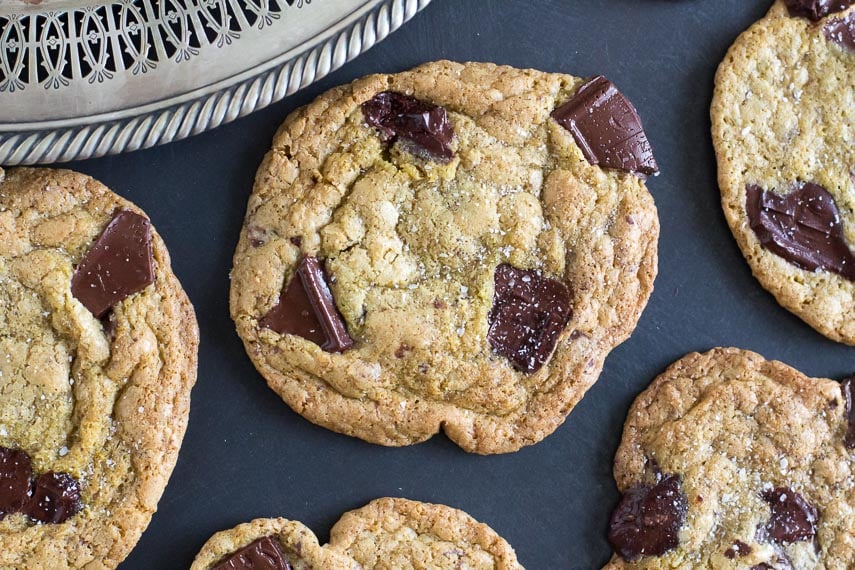
Chocolate chip cookies, or those featuring big chocolate chunks, are a very popular way to enjoy chocolate. These Salted Buckwheat Chocolate Chunk Cookies are a bit different and REALLY good!
Chocolate In Savory Cooking
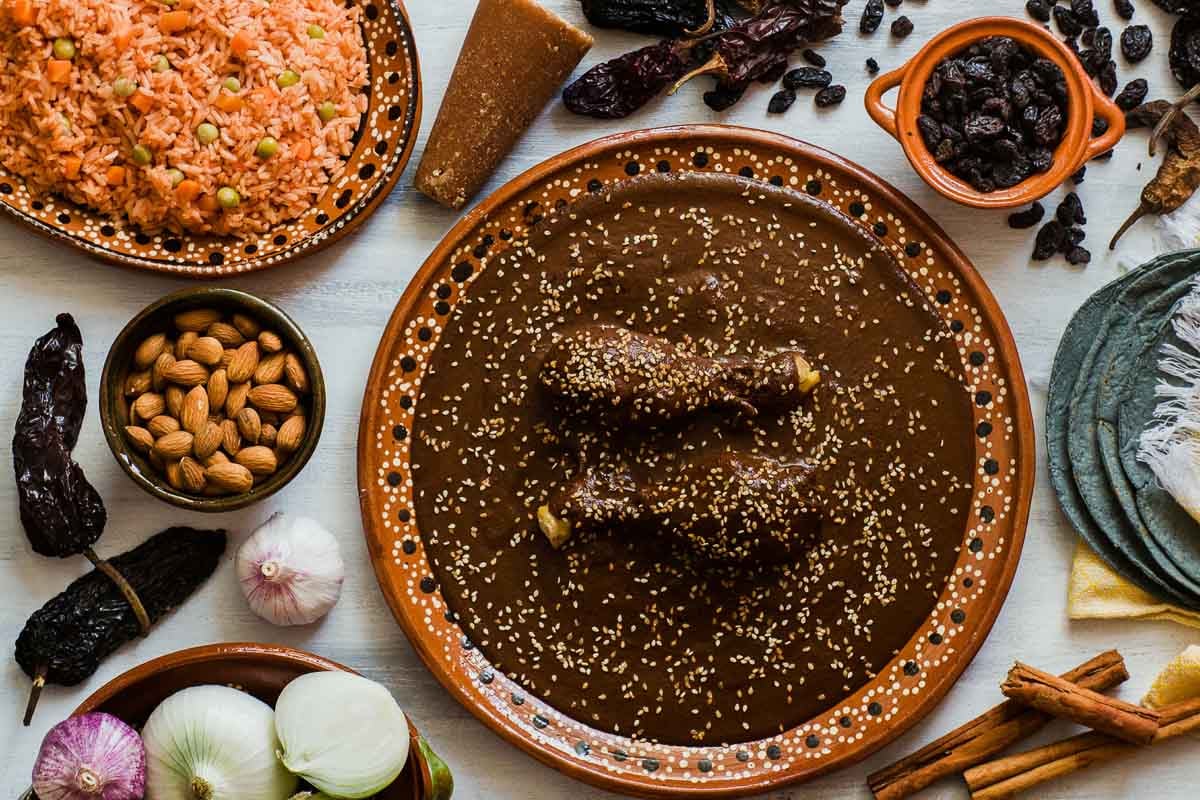
Chocolate is also used in savory dishes like mole sauces in Mexican cuisine.
Frozen Chocolate Desserts: Ice Cream, Sorbet & More
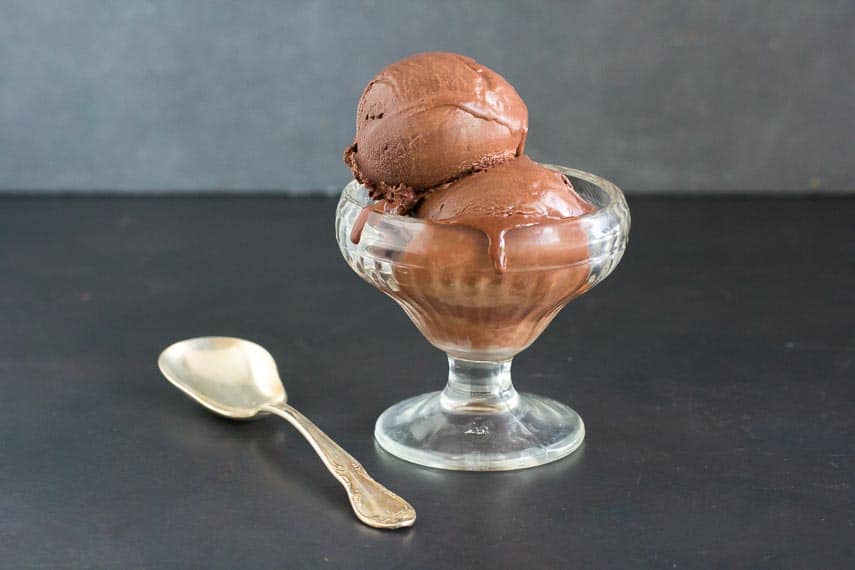
Chocolate is a popular flavor in ice cream, frozen yogurt, and other frozen desserts. Try this recipe for Chocolate Sorbet. It is dairy-free, but so creamy, you won’t believe it!
Chocolate Spreads
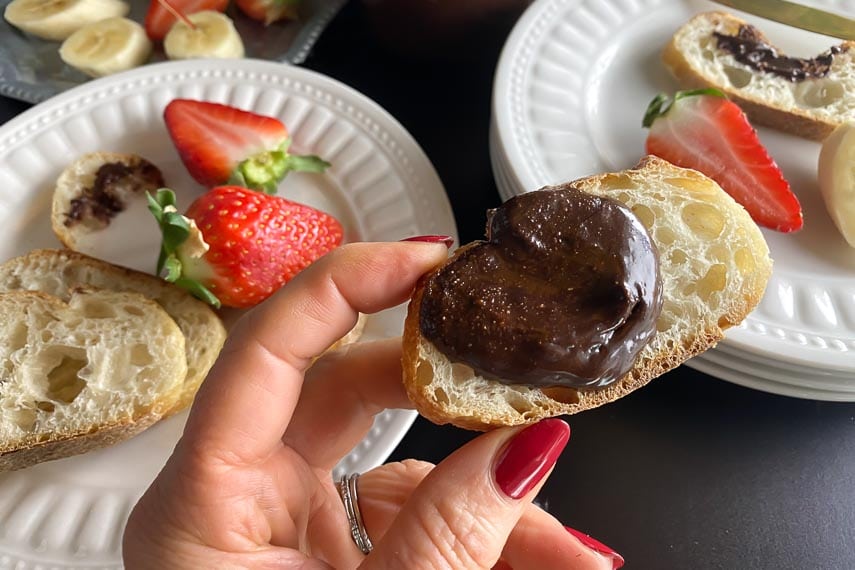
Products like Nutella and other chocolate spreads have gained popularity worldwide. These spreads are commonly enjoyed on bread, toast, or used as a topping for pancakes, waffles, and crepes. We have a homemade Nutella recipe that is easy to make.
Chocolate Trivia
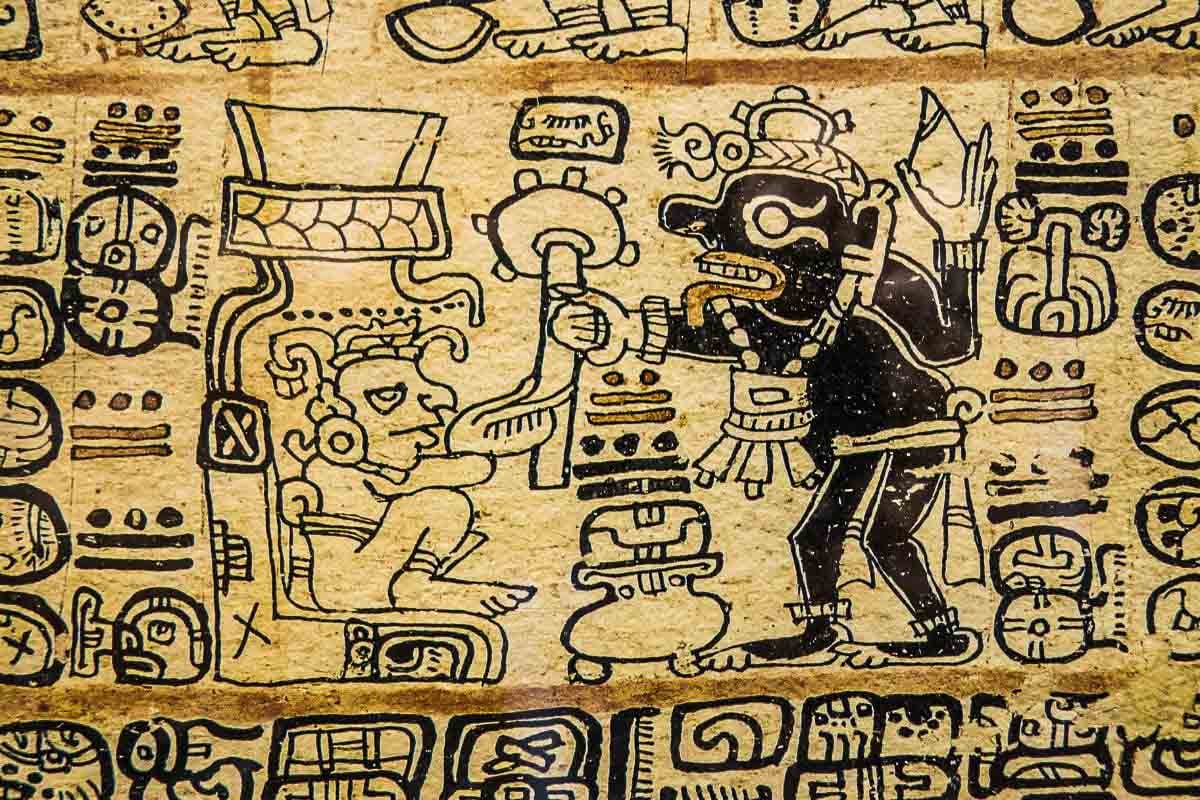
- Benjamin Franklin sold chocolate at his print shop located in Philadelphia.
- Early Mesoamericans regarded cacao beans as highly valuable and utilized them as a form of currency.
- Cakes made from cacao were bestowed upon Spanish royalty as part of their dowries.
- The Aztec emperor Montezuma would consume 50 cups of cacao daily from a golden chalice.
- In ancient times, the pulp of the cacao pod was fermented to produce alternative beverages.
- During the month of November, Germans commemorate St. Martin, a knight renowned for his act of sharing his cloak with a beggar, through a lantern-lit parade, the distribution of sweets, and the indulgence in steaming hot chocolate.
- Globally, approximately 40 to 50 million individuals rely on cocoa as a means of livelihood.
- Per person, the Swiss eat more chocolate than anybody else.
- Chocolate is dangerous for dogs and cats.
- Contrary to its name, German chocolate cake was not named after the country. Instead, it was named in honor of Sam German, who developed a sweet bar for Baker’s Chocolate.
- In France, April Fool’s Day is celebrated by exchanging chocolate-shaped fish known as “Poisson d’Avril.”
Chocolate Can Be 3D Printed
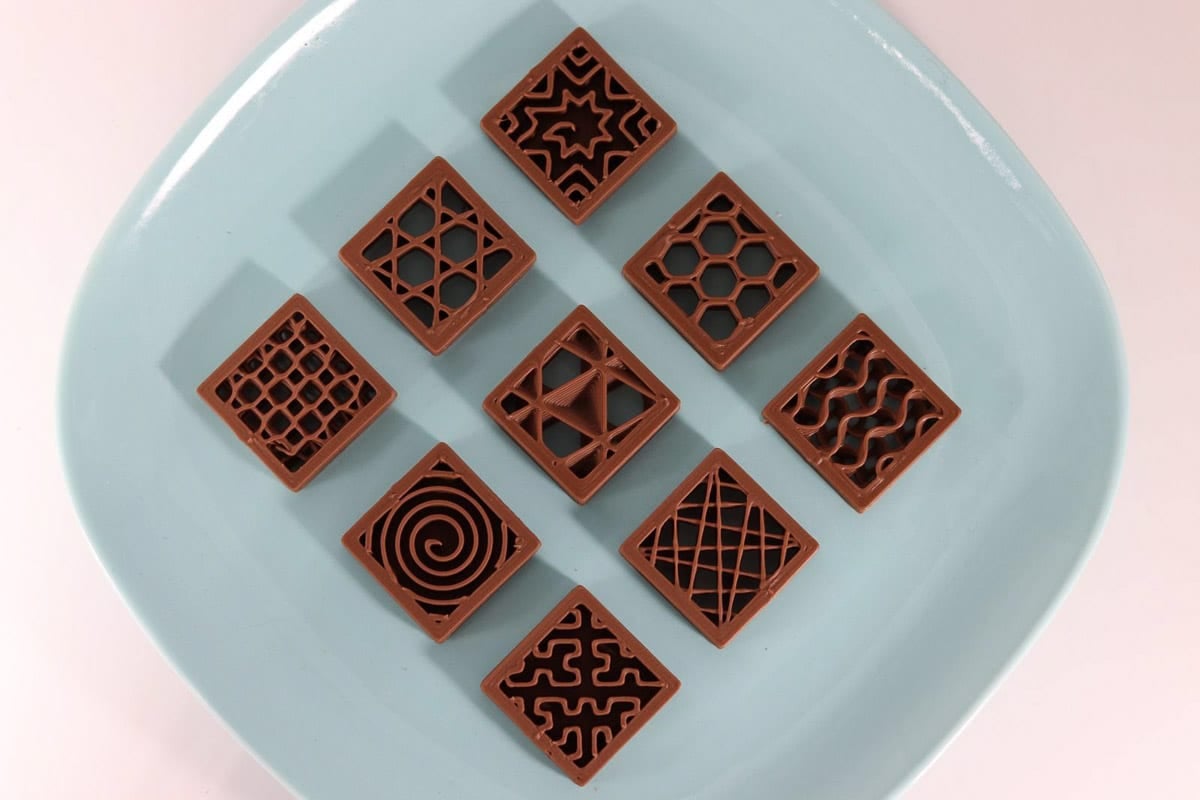
Cocoa Press is a company devoted to creating 3D printers that work with chocolate as the medium. DIY kit starts at $1,499 while professional packages start at $3,995. Maybe a bit pricey for the home hobbyist, but a great price point for a small business interested in seeing how they can bring chocolate manufacture into the present and future.
From the company’s website: “Cocoa Press is a 3D printer which means it builds up a chocolate object layer by layer. It’s kind of like an automated piping bag. Cocoa Press heats chocolate to just below body temperature, extrudes it, and allows it to solidify in ambient temperature air.”
Looking at the designs above shows just a glimpse of possibilities.
6 Rich And Fudgy Brownies That Will Make You Want To Lick The Bowl
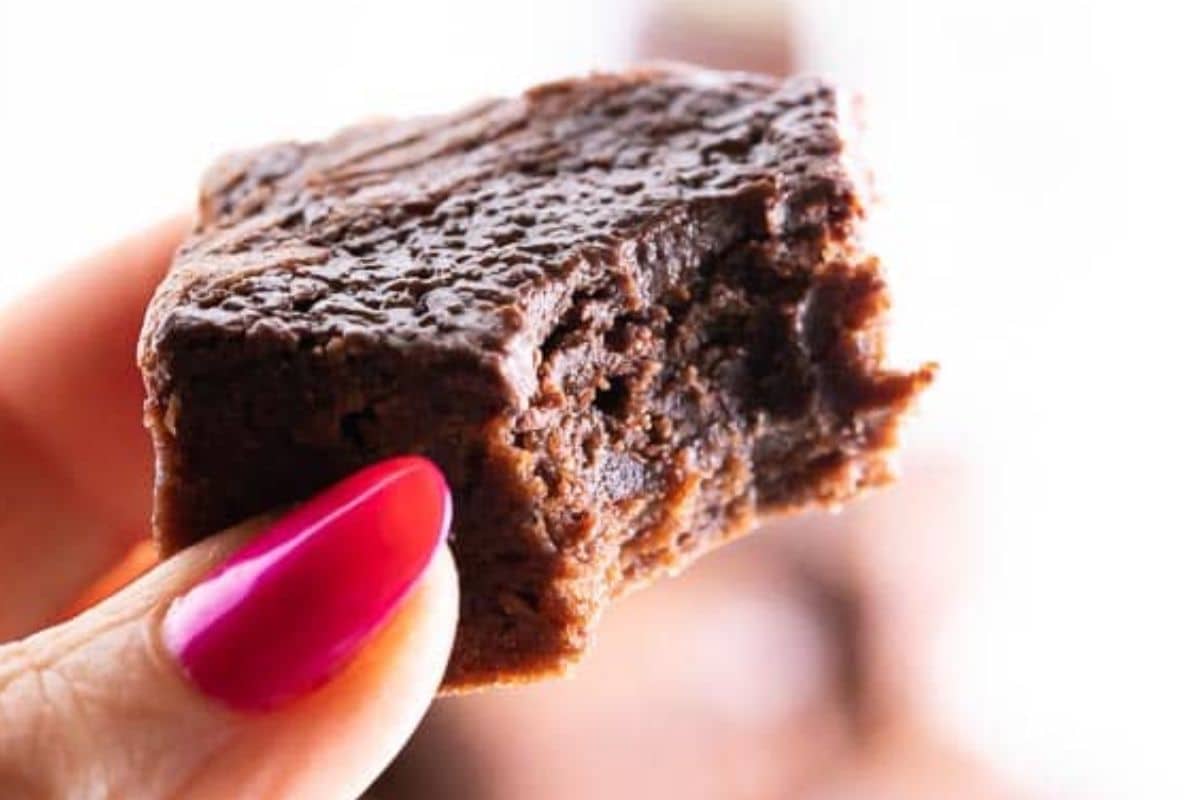
In our opinion, you can never have enough brownie recipes. We have gathered our top 6; the brownie recipes you don’t have – yet. And you do need them; trust us. Nutella. Peppermint. Toasted almond & Coconut. S’Mores. PB & J – and even a super quick One-Bowl Brownie. Get ready to be inspired. Click for 6 Rich And Fudgy Brownies That Will Make You Want To Lick The Bowl
85 Desserts For The Chocolate Lover In Your Life
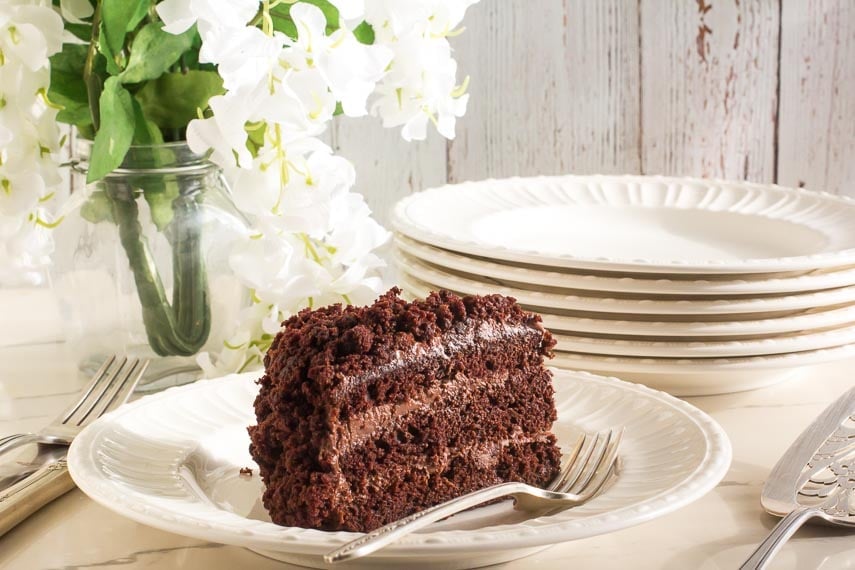
Welcome to the largest collection of desserts for the chocolate lover in your life. Each of these are also gut-friendly so that you don’t have to worry about bloating, or a noisy belly when getting romantic! All of these desserts are gluten-free and low FODMAP! Click for 85 Desserts For The Chocolate Lover In Your Life
The Crazy Best and Easy Cookie Recipes Ever!
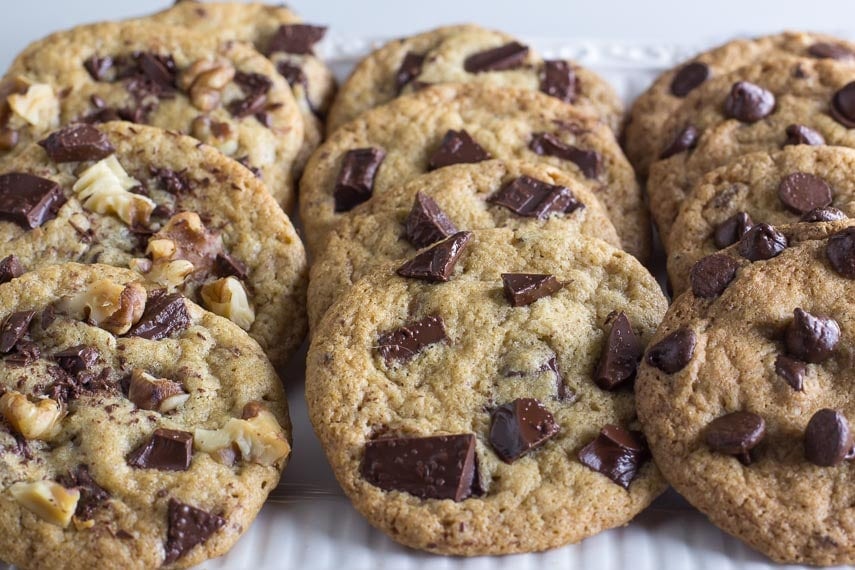
Cookies – small, large, soft, chewy, crispy, chocolaty, peanut buttery, elegant, homespun, one-bowl, drop, rolled and shaped – we’ll take them all. You can never have enough cookie recipes and ours are all created in our very own Test Kitchen; these recipes work! Several can be prepped in the time it takes to preheat the oven. Click for The Crazy Best and Easy Cookie Recipes Ever!
Looking For Dairy Free Ice Cream & Frozen Desserts?
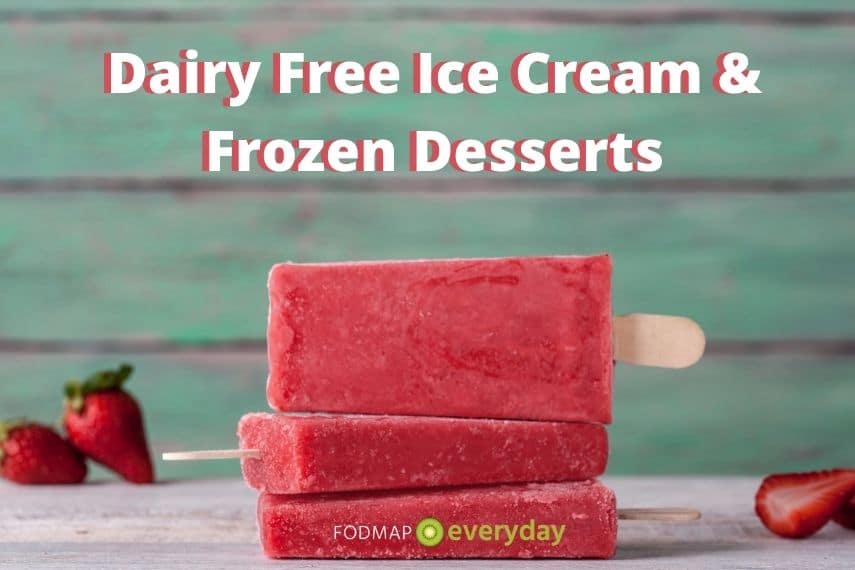
This article will discuss the low FODMAP ice cream and frozen desserts that you can find in supermarkets and restaurants, as well as our own exclusive recipes, and will include information on dairy based as well as alt milk frozen desserts and recipes. Click here for Dairy Free Frozen Desserts Recipes.
20 Strawberry Recipes That Will Make You Berry Happy!
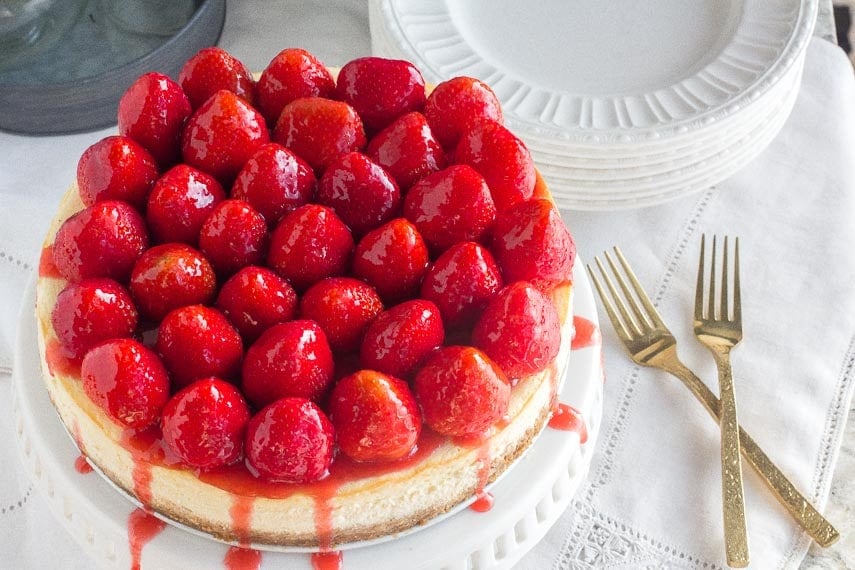
These days, depending on where you live, you might be able to get decent strawberries all year long. Spring, however, brings fresh, new batches and we are always looking for new ways to incorporate these delicious berries into our diet. From drinks to cakes, crisps, cobblers, bars and even a salad, frozen desserts and a salsa, we have 20 strawberry recipes for you. Click for 20 Strawberry Recipes That Will Make You Berry Happy!
Looking For More Delicious Ideas?
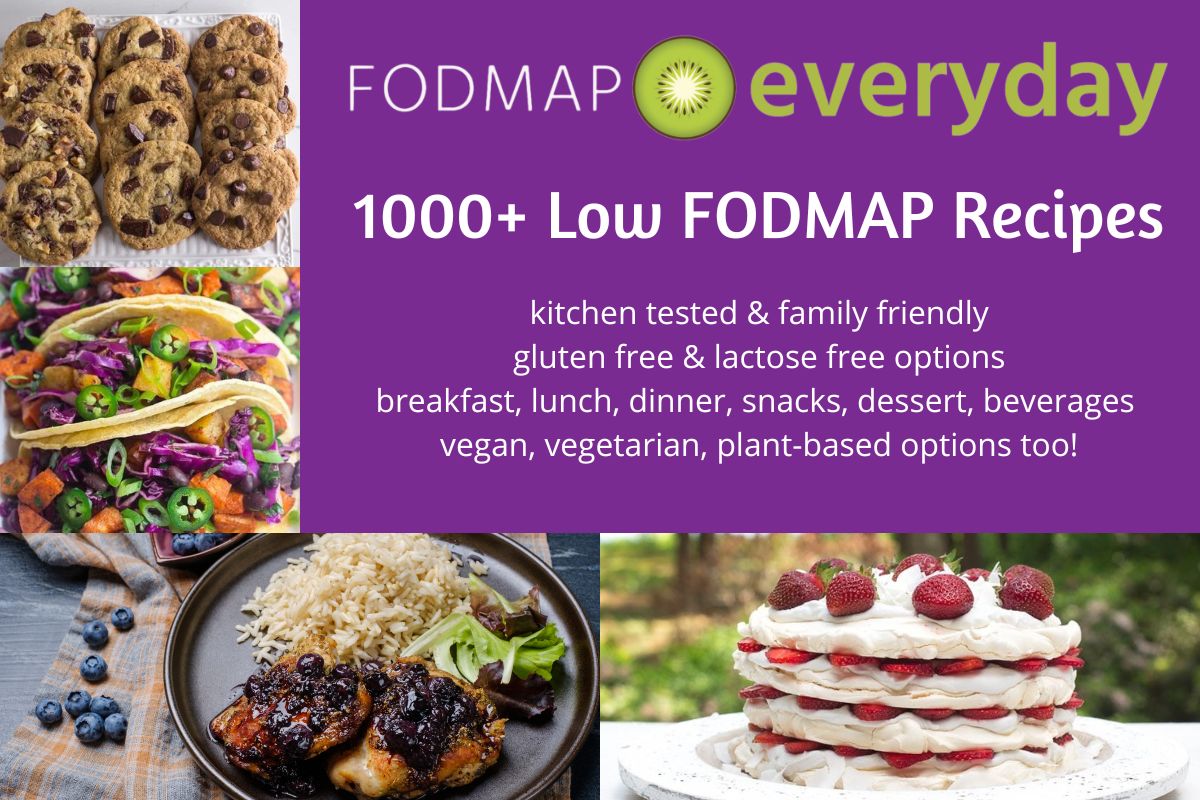
If you have been diagnosed with IBS and are following a Low FODMAP diet, we have 1000+ Gluten Free & Low FODMAP Recipes to help you live deliciously and symptom free!
And Don’t Miss These Articles If You Have IBS
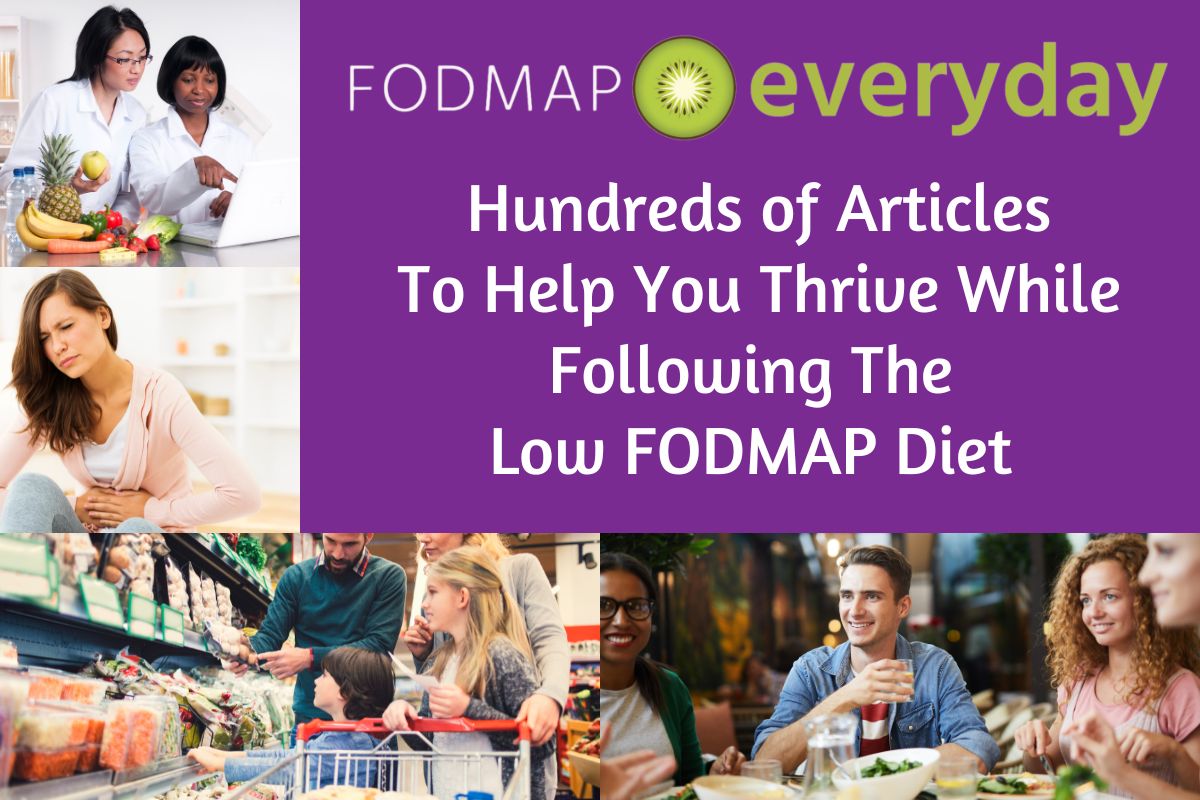
Our team of low FODMAP and IBS trained dietitians and healthcare experts have written 100’s of Wellness Articles to help you THRIVE.
And Be Sure To Visit Our Shop!
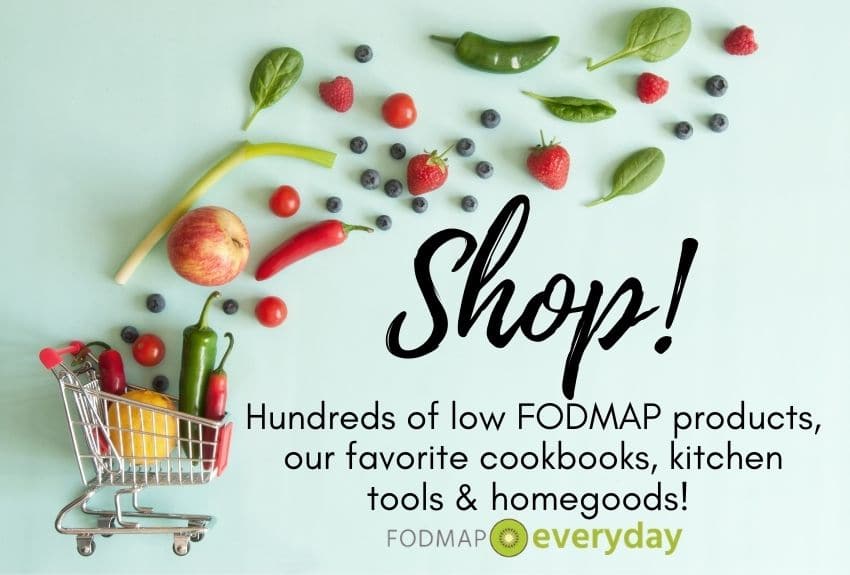
We have curated hundreds products to help you live your best life all in Our Shop!
